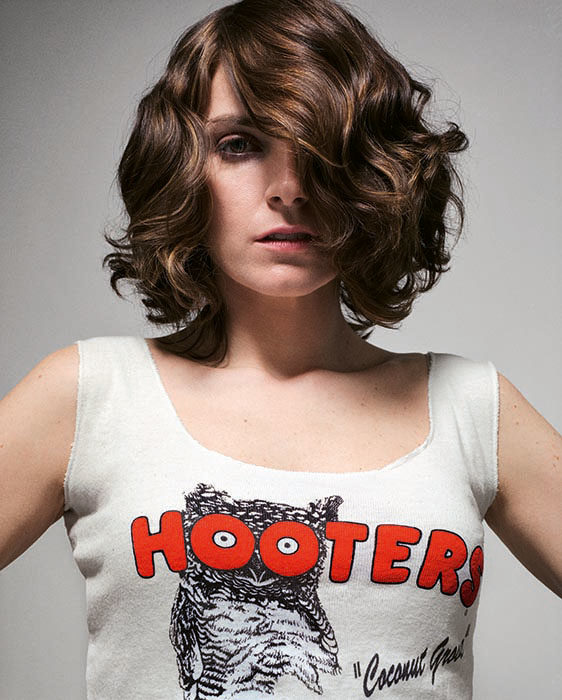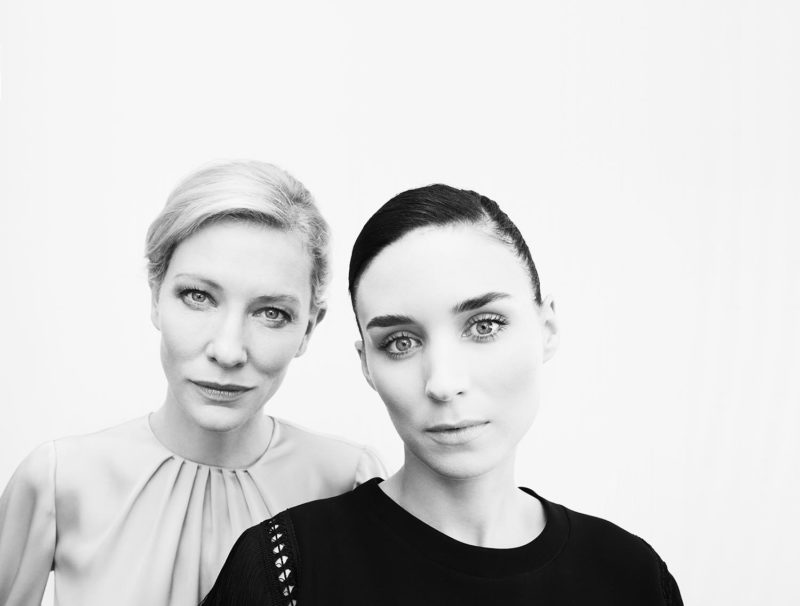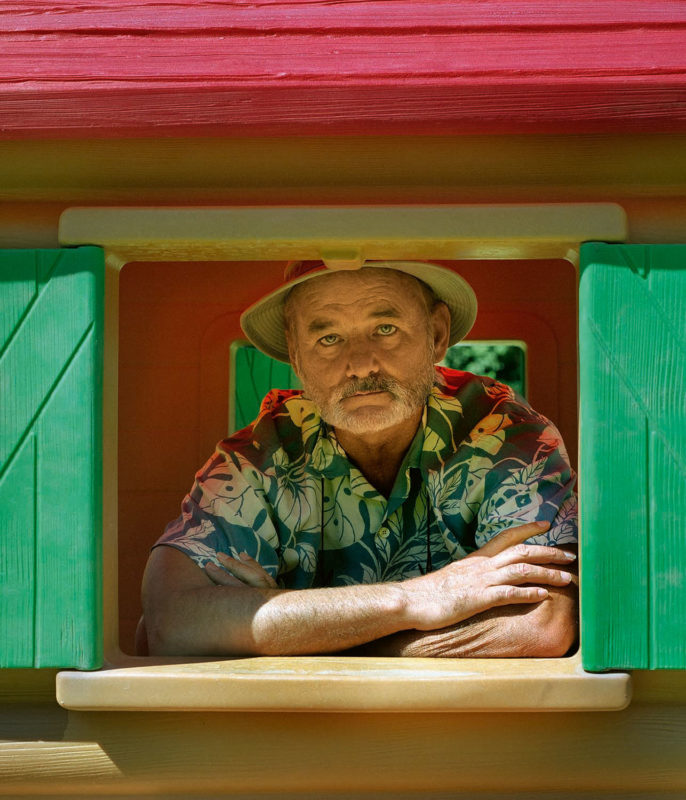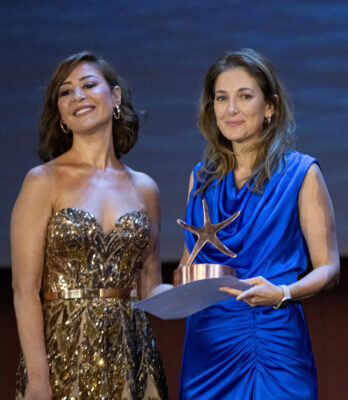
Photography
Picture Perfect
Legendary British photographer Chris Floyd has photographed everyone from Paul McCartney to Anthony Bourdain to Cate Blanchett. And he has stories, too.
For British photographer Chris Floyd, possessing an ear and intuition for good dialogue is as important as having an eye for dynamic imagery. Over the last three decades, Floyd has seen the world’s leading musicians, actors, artists, models, politicians, and personalities with an intimacy few outside of friends and families are privy to. His trick?
“You want them to be just as interested in you as you are in them. Because people who are really famous have had their picture taken a lot. It’s not an interesting process for them,” he tells Digital Party. He calls his photo shoots “showtime.” “They’re the audience. I’m the performer. My job is to hold their attention and prevent them from getting up and leaving. It’s a form of seduction in a way.”
In his first book, Chris Floyd: Not Just Pictures, published by Reel Art Press in October, the 54-year old photographer, who’s married to actress Alice Sykes (youngest of the artistic and socially gifted Sykes Clan that includes writers Plum and Lucy and brother Tom), shares the “small victories” of winning over the great and the good, as well as wry tales of the rare few whom he simply could not crack.



More than 200 images comprise this collection, which begins with the photographer discussing the impact his grandfather, Sam Morley, had on his life and career, followed by Floyd’s photographic journey from hobby to profession. It was Morley, a child of Polish Jewish immigrants who were killed by the last German V2 rocket to hit London during World War II, whose larger-than-life personality and sense of humor were his touchstones. “The worst thing you could do in his company was for him to say, ‘You’re being boring.’” He also inherited his grandfather’s storytelling gifts, and “at some point I must have connected that you can tell stories with pictures.”
“Don’t be boring” has become his credo when shooting some of the world’s most-impatient subjects. Floyd recalls a 1999 cover shoot of David Bowie for the Sunday Times: After originally being told by the musician’s fretful personal assistant that he’d only have four minutes to get the shot, it was Bowie himself who decided to welcome Floyd into the recording studio to continue the session. “We grew up not far from each other, and obviously in that four minutes, I made him laugh and relax and forget about what we were doing,” says Floyd, adding that the star’s gossipy banter had him in stitches, too. “Laughter is very powerful.”


Ironically, however, Floyd finds comedy writers and performers to be the most difficult subjects to shoot. (Though they can be among his best and most revealing, as is his shot of Ricky Gervais boxing, presumably with the world.) “You’ve got two people who are fundamentally outsiders and like to hang back and observe, ending up in this weird Mexican standoff.” Floyd claims to be awkward and more reserved in his everyday social life: it’s only when equipped with his camera—“my armor and purpose”—that everything changes. “You’re also more self-conscious of trying to make comedians laugh. It’s like them coming to me saying, ‘I’ve got a really good camera, what do you think of my pictures?’”
Actors, perhaps unsurprisingly, are especially malleable and fun to shoot. “If you give them direction and a scenario to emulate, it’s quite easy,” says Floyd, whose countless actor subjects include Cate Blanchett, Gillian Anderson, Robert De Niro, and Jake Gyllenhaal (who, photographed as a man with a somewhat unwholesome interest in a woman’s foot, seemed to be in on the joke.) He also finds actors respond best to being photographed in a real-life environment rather than the “harsh nakedness of a studio.”



While Floyd is a master of disguising tensions or mishaps during shoots in order to keep the subjects focused and at ease (he likens his calmness to a “swan paddling like mad under the surface”) the one aspect of shoots that he is obsessive about is lighting. “Light is everything for me. It’s all the seasoning in the dish,” he explains. His goal is “to make an image look like it hasn’t necessarily been lit. Rather, it’s just a vibe or a mood that was there all along. If you can create an atmosphere, you have emotion.”
A poignant illustration of Floyd’s ideal melding of light and emotion: the photographer’s 2003 images of Paul McCartney both cover and close the book. “The first picture I saw where I realized photography could be something other than weddings was a David Bailey photograph of Lennon and McCartney,” he says, referring to part of a famous series of images that showed the delicate and sometimes tense interplay of their friendship, competition, and need for each other. “That was the first picture that made me want to do photography.”
Decades later, Floyd was commissioned to photograph McCartney in the midst of a world tour. “He was absolutely not remotely interested or bothered in what I wanted to do.” By gently poking fun at the musician’s struggle to loosen up, Floyd immortalized a lesser-seen side of McCartney—perturbed, eyes narrowed, jaw clenched: “Right there, for two frames, locked in silver nitrate, he hates me, and I love him for it,” writes Floyd.
Not long after the shoot, McCartney was interested in buying the pictures outright, including the negatives and copyright. While Floyd politely declined, 12 years later, he learned his idol would like to use the image on the cover of journalist Paul Du Noyer’s book, Conversations with McCartney. What Floyd thought was an attempt to eradicate the image from existence turned out to be one of his most career-affirming moments. The photographer’s first book will undoubtedly mark another one.
Chris Floyd: Not Just Pictures was published by Reel Art Press on October 25, 2022



